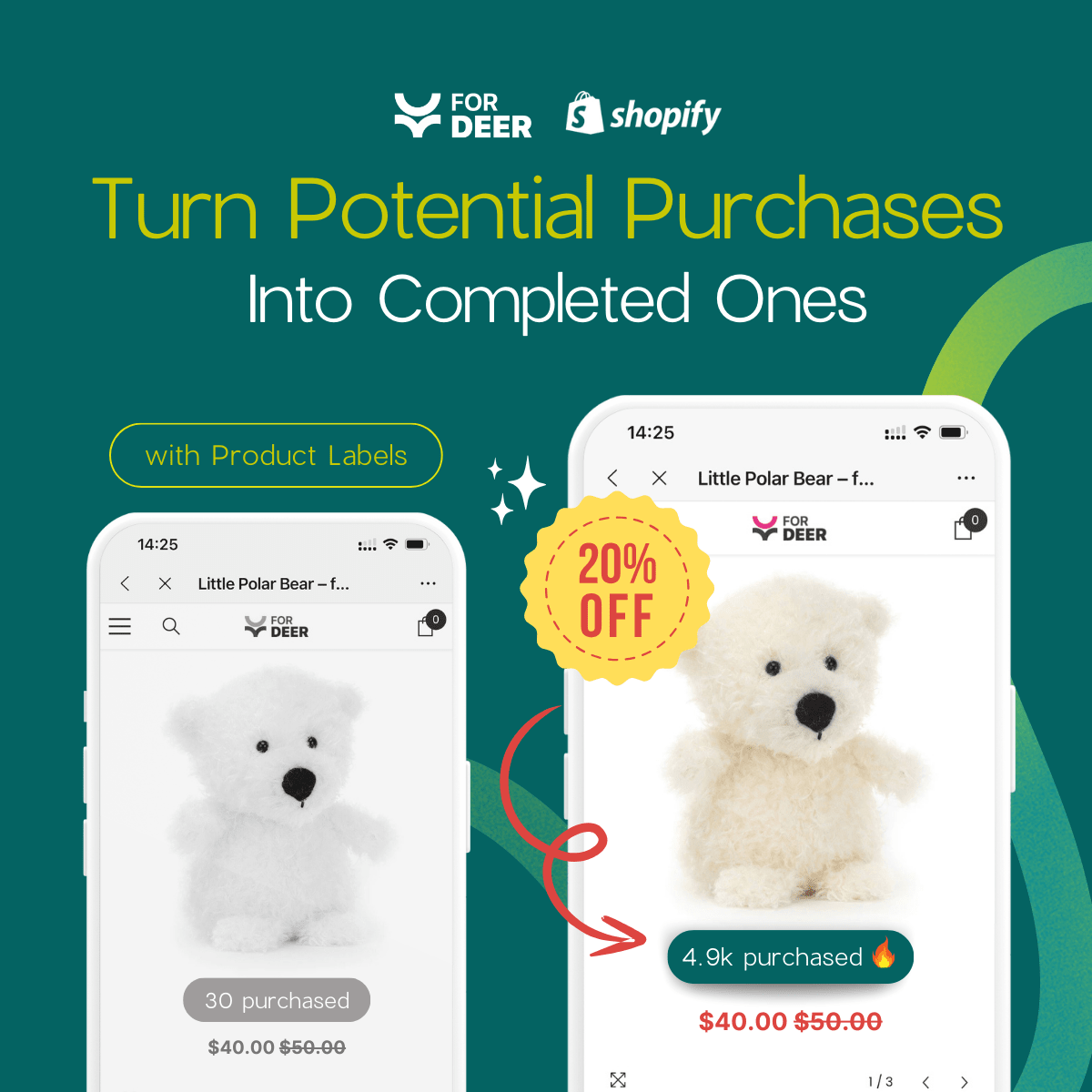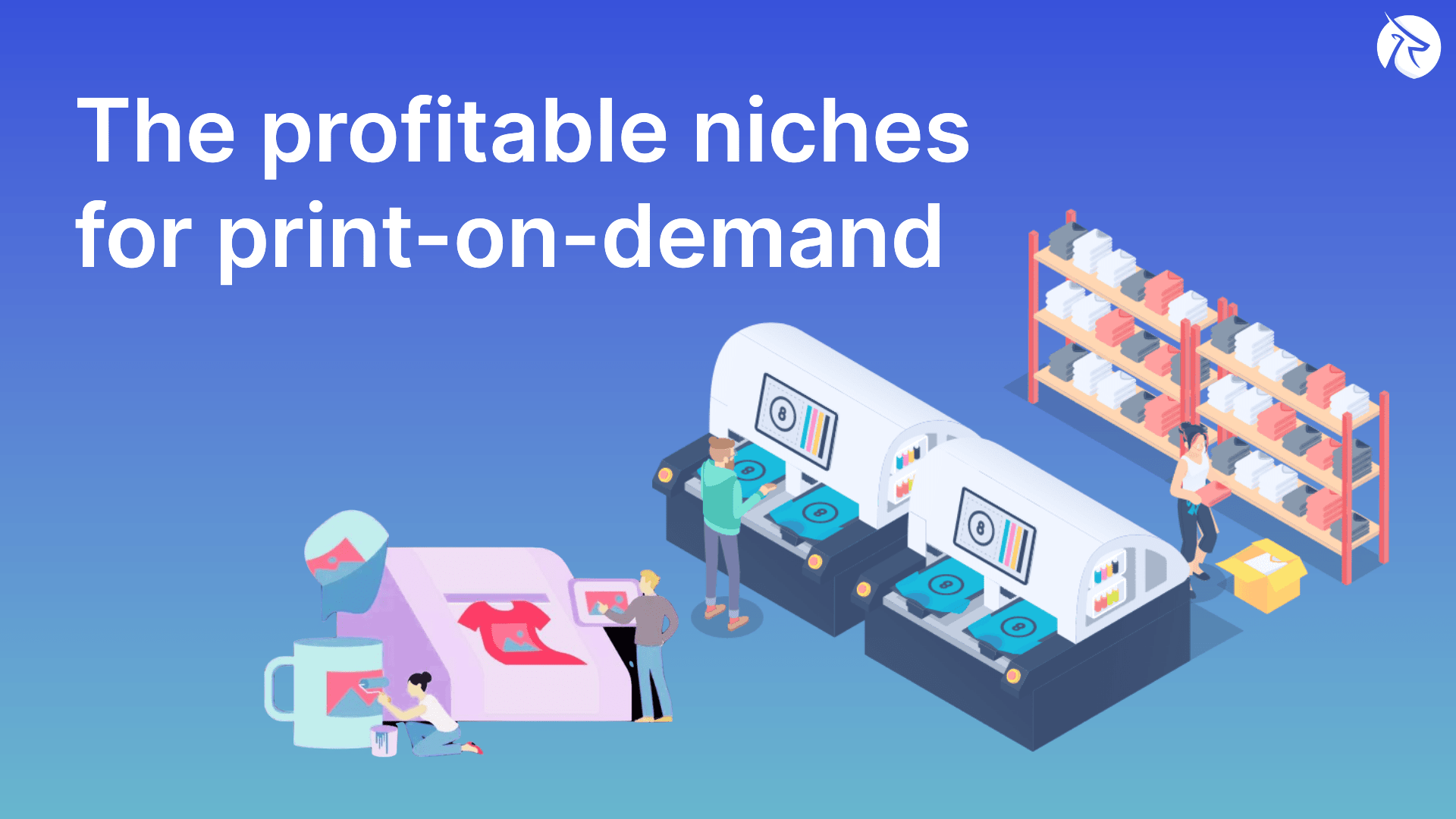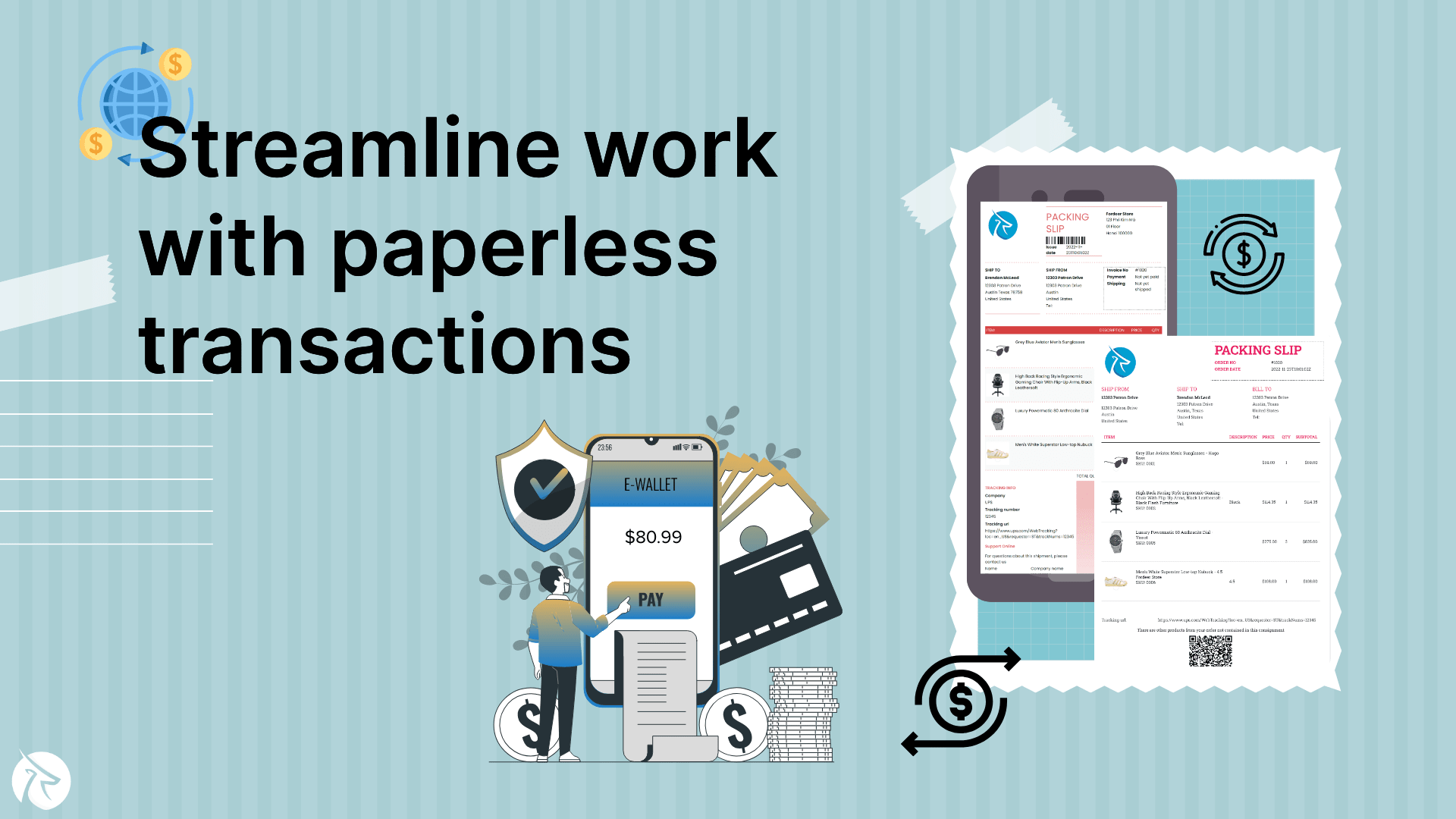Eco-Friendly Product Design: How to Create Sustainable Products and Services
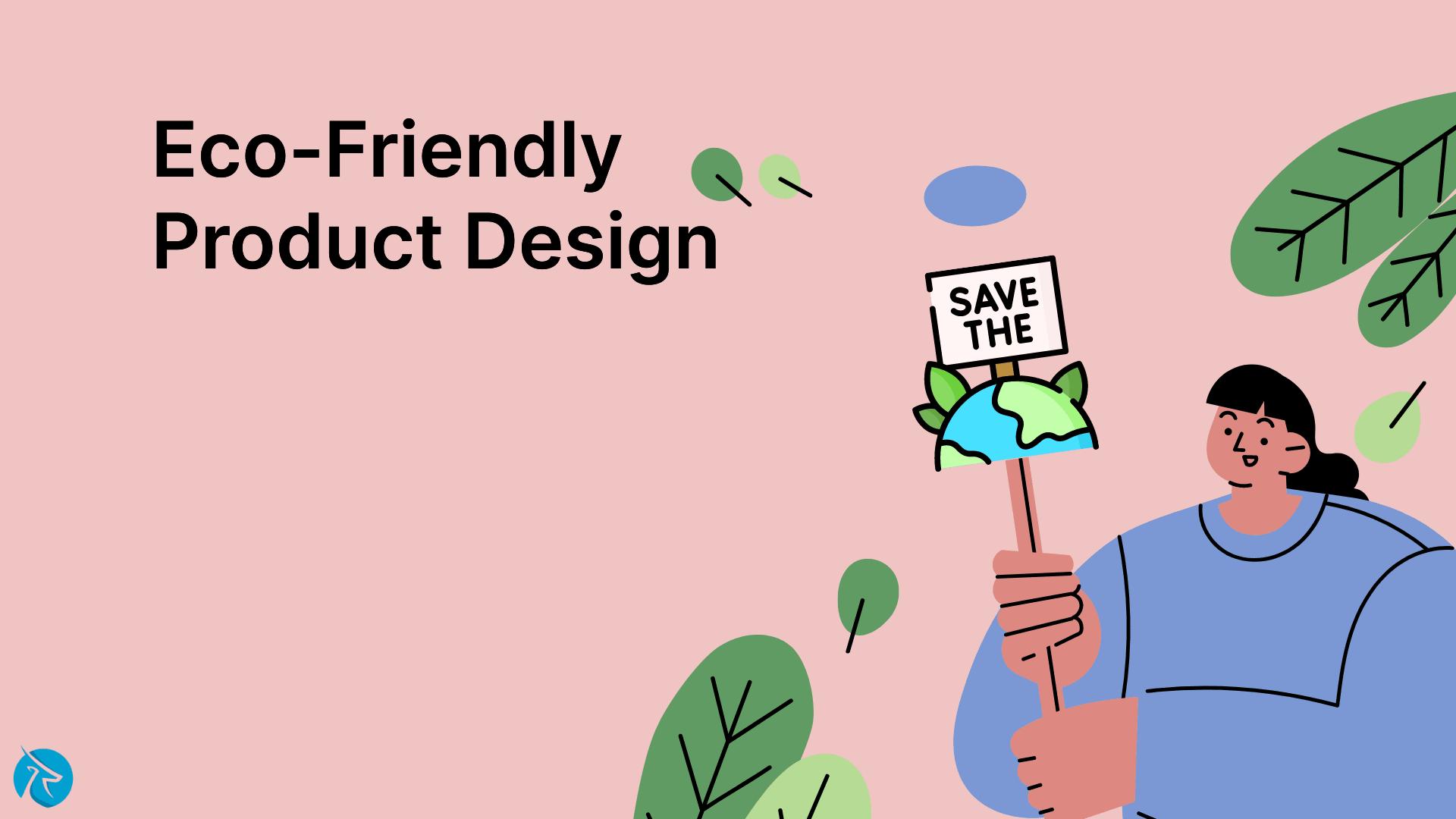
Sustainability has become one of the most important topics of discussion over the past few years. Every aspect of our lives, from the clothes we wear to the food we eat to the products we use, has undergone significant scrutiny regarding its impact on the environment. Eco-friendly product design is an emerging field, where the focus is on creating sustainable products and services that minimize the environment while achieving the same level of functionality and quality as non-eco-friendly products. In this article, Fordeer will explore how to create sustainable products and services using eco-friendly product design.
What is Eco-Friendly Product Design?
Eco-friendly product design is the process of designing products and services that have minimal negative impacts on the environment throughout their lifecycle. This includes considerations such as material selection, product packaging, energy efficiency, product lifespan, and biodegradability. Various techniques in eco-friendly product design include Life Cycle Assessment (LCA), Design for Disassembly (DFD), Design for Recycling (DF), and green chemistry.
The objective is to minimize the use of nonrenewable resources, reduce greenhouse gas emissions, and limit waste generation. An eco-friendly product design approach can apply to various product categories, including clothing, electronics, packaging, and transportation. Eco-friendly product design is becoming increasingly important as businesses aim to meet consumer demand for sustainable products and contribute to a cleaner environment.
Why is Eco-Friendly Product Design Important?

There is growing interest among consumers to purchase products that are environmentally friendly. According to a 2020 survey by Accenture, more than 60% of worldwide prefer to buy products from companies that are sustainable and environmentally conscious. The same survey also reveals that consumers are willing to pay more for eco-friendly products. Thus, eco-friendly product design is not only the right thing for the environment, but it is also good for business.
How to Create Eco-Friendly Products and Services?
Creating eco-friendly products and services involves a thorough approach that considers all aspects of the product's lifecycle. Here are the key steps to creating eco-friendly products and services using product design:
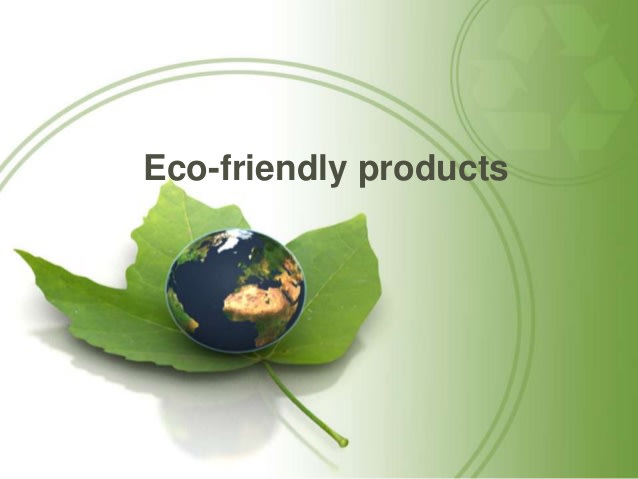
Conduct a Lifecycle Assessment
The first step in creating an eco-friendly product is to conduct a lifecycle assessment (LCA). An LCA helps identify the environmental impacts associated with a product's lifecycle, from raw material extraction to end-of-life disposal. It a designer to identify the areas of the product that need optimization to achieve the desired environmental sustainability. The LCA also helps anticipate potential negative environmental impacts that could arise from the product's use and disposal. By conducting an LCA, the designer can make informed decisions about how to reduce a product's environmental footprint.
Use Sustainable Materials
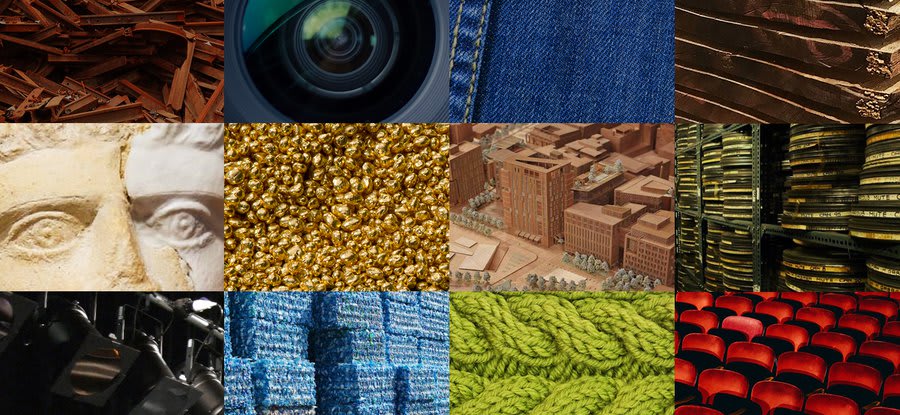
The choice of materials is vital in eco-product design. The designer should opt for sustainable raw materials that have a minimal environmental impact. Sustainable materials include recycled materials, biodegradable plastics, and renewable resources such as bamboo, hemp, and organic cotton. The use of sustainable materials reduces the need for virgin materials, thus conserving natural resources and reducing waste generation. It also minimizes the greenhouse gas emissions generated during the manufacturing process.
Optimize Packaging
Packaging plays a critical role in eco-friendly product design. The designer should aim to create packaging that has a minimal environmental impact. This can include using biodegradable or compostable materials, reducing the amount of packaging used, and optimizing the design to reduce waste generation during the product's lifecycle. The packaging should also be designed with end-of-life disposal in mind, making it easy to recycle or compost.
Consider Energy Management

Energy consumption is a significant contributor to a product's environmental footprint. The designer should aim to reduce energy consumption during the manufacturing process and the product's use. This can include designing the product to be energy-efficient, using renewable energy sources in the manufacturing process, and optimizing production processes to reduce energy consumption.
Optimize Transportation
Transportation is another critical aspect of eco-friendly product design that needs optimization. The designer should optimize the transportation of raw materials to the manufacturing facility and the transportation of finished products to distribution centers and end-users. This can include the use of electric or fuel-efficient vehicles, optimizing logistics to reduce transportation distance, and implementing carbon offset programs to neutralize greenhouse gas emissions generated.
Create a Circular Economy Model
Eco-friendly product design should incorporate a circular economy model. The circular economy model aims to minimize waste generation by keeping resources in use for as long as possible. This can include designing products for disassembly, making it easy to recycle or reuse the product's components, and implementing take-back programs to ensure that the product's end-of-life is sustainable.
Conclusion
Eco-friendly product design is a critical approach to creating sustainable products and services. It involves considering all aspects of a product's lifecycle, from raw material extraction to end-of-life disposal. By using sustainable materials, optimizing packaging, managing energy, optimizing transportation, and creating a circular economy model, we can create eco-friendly products and services that have a minimal environmental impact. As consumers become increasingly environmentally conscious, eco-friendly product design will become a crucial factor in business success.
The benefits of eco-friendly product design are numerous. They include lower energy costs, reduced waste generation, reduced greenhouse gas emissions, increased customer loyalty, and improved brand reputation. As businesses continue to prioritize sustainability, eco-friendly product design will become a standard approach in product development. By giving priority to the principles of eco-friendly product design, we can create a more sustainable world for future generations.



